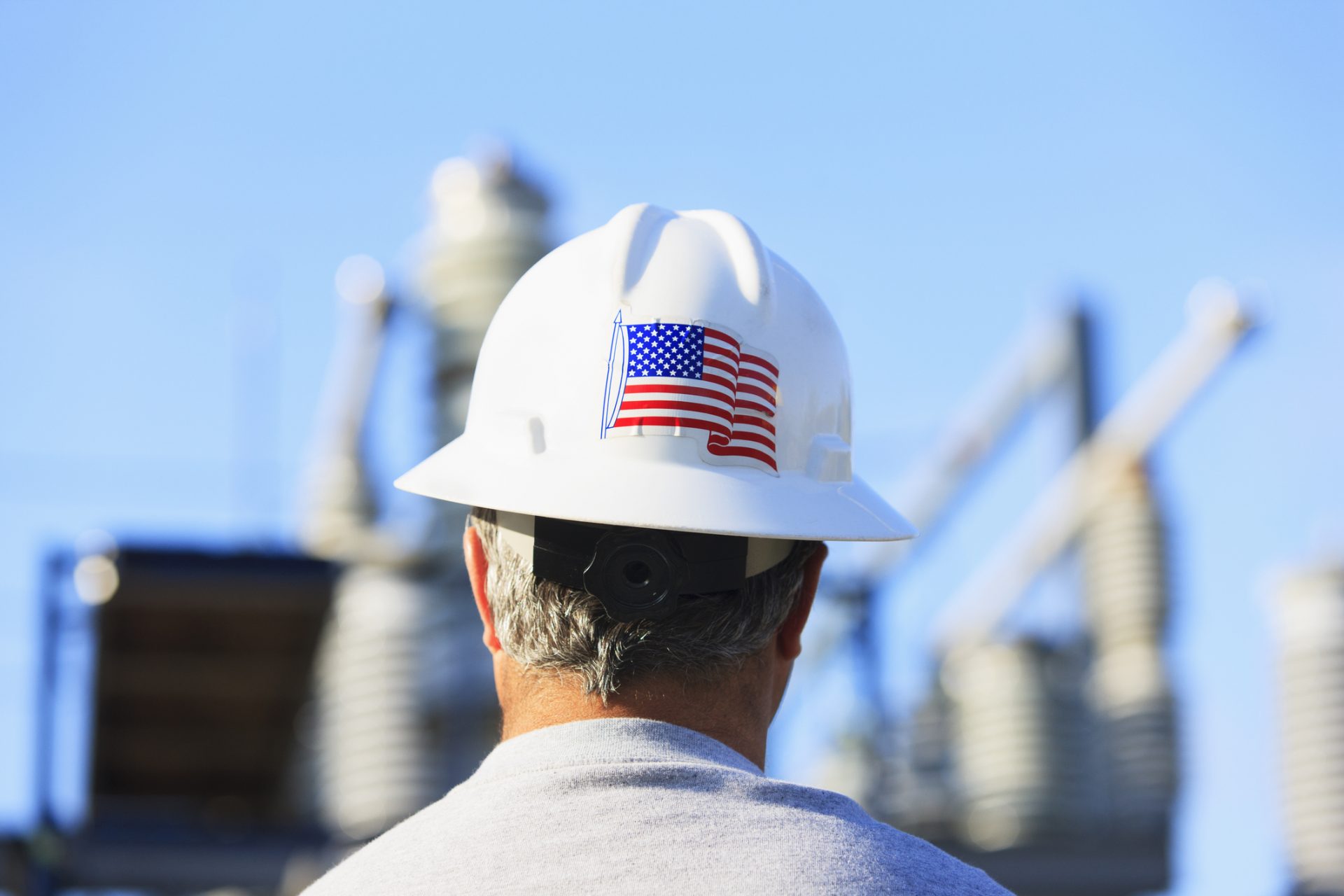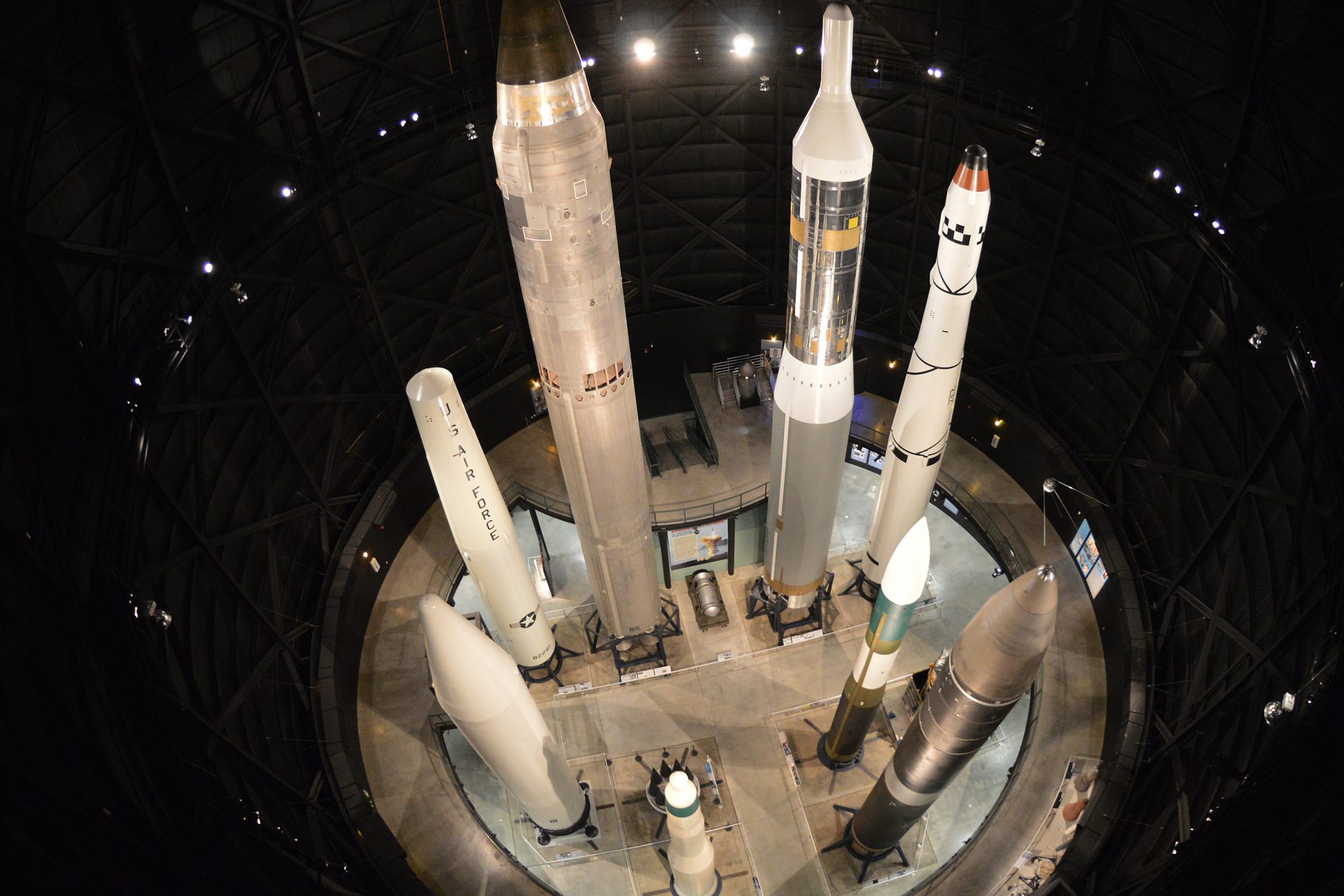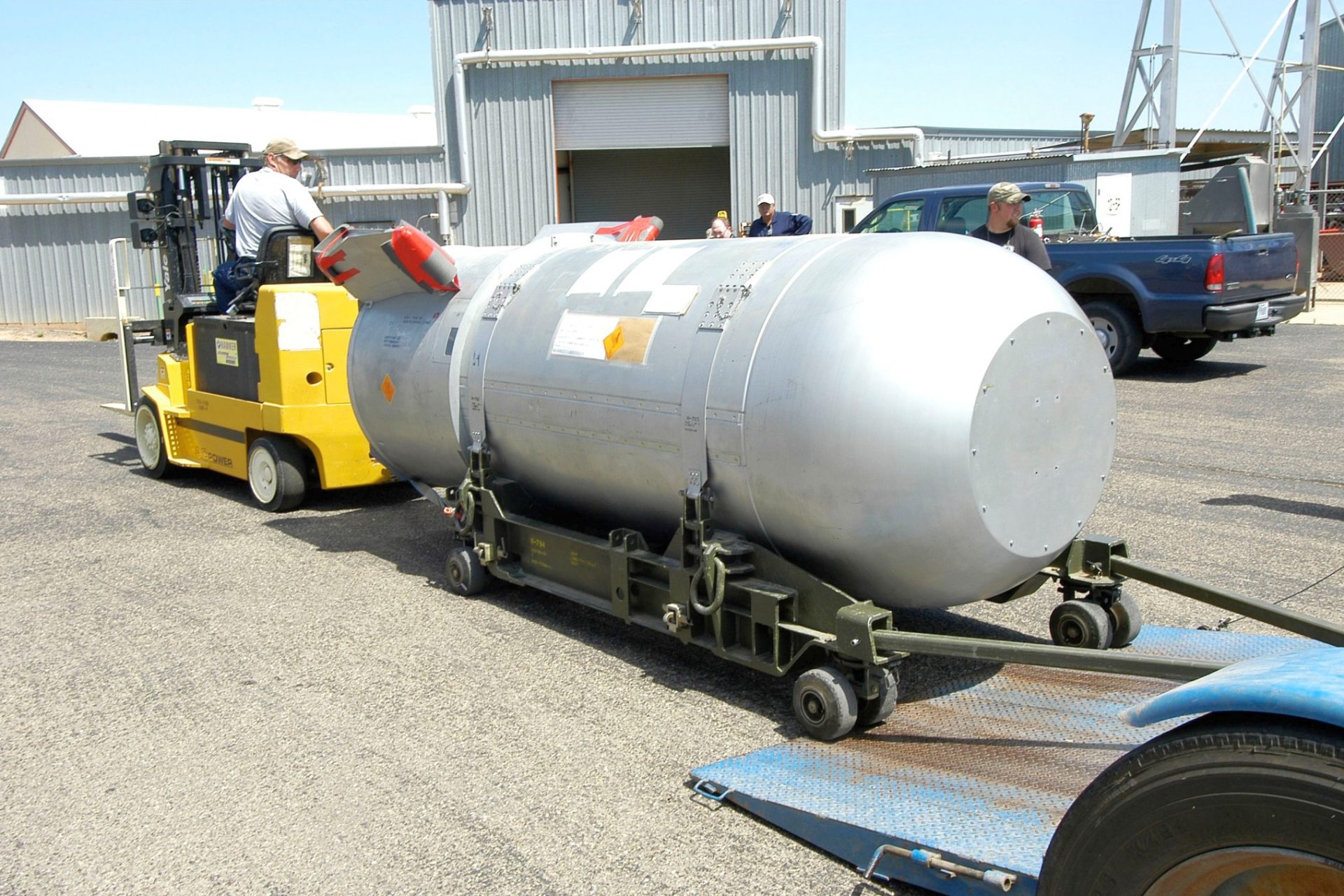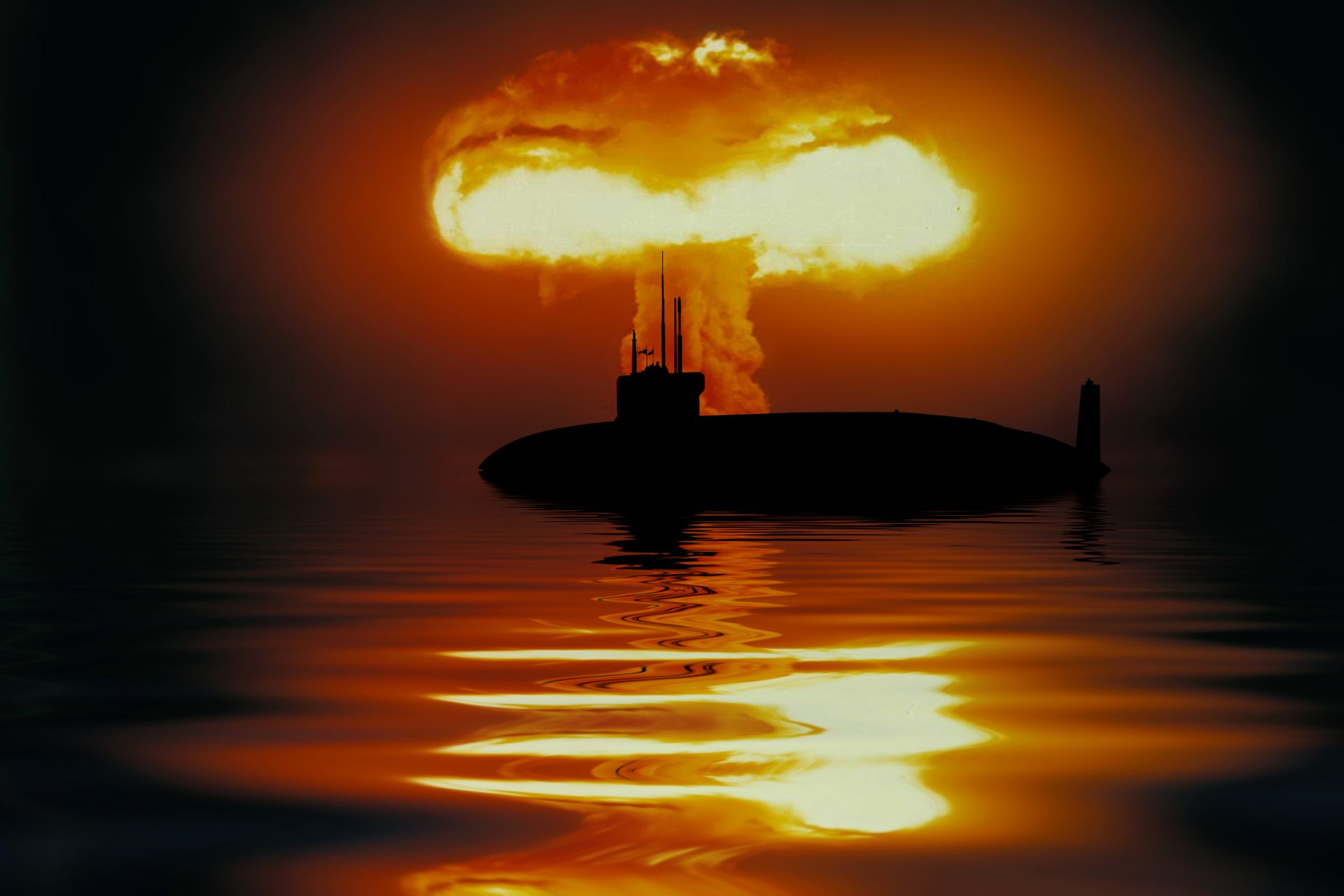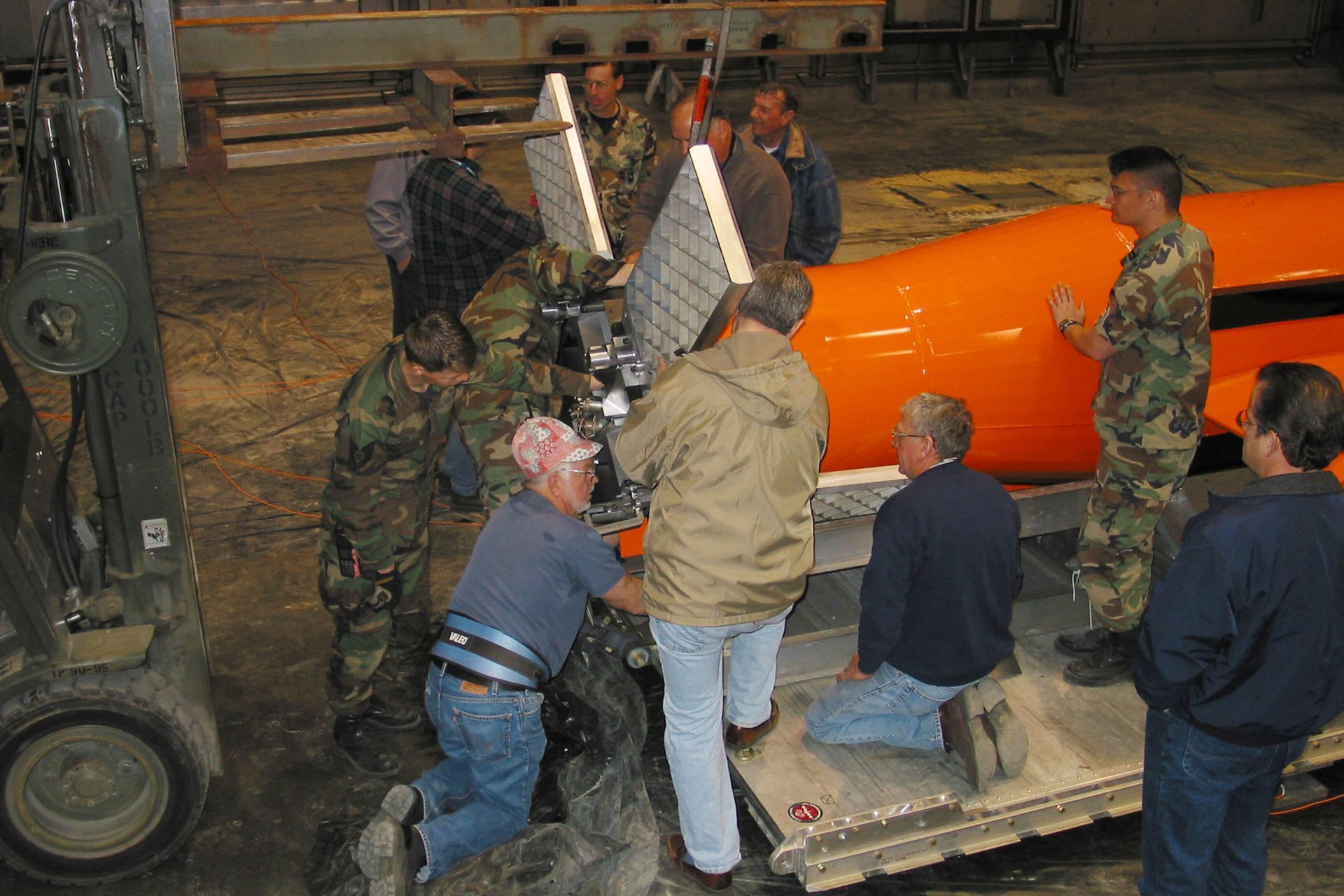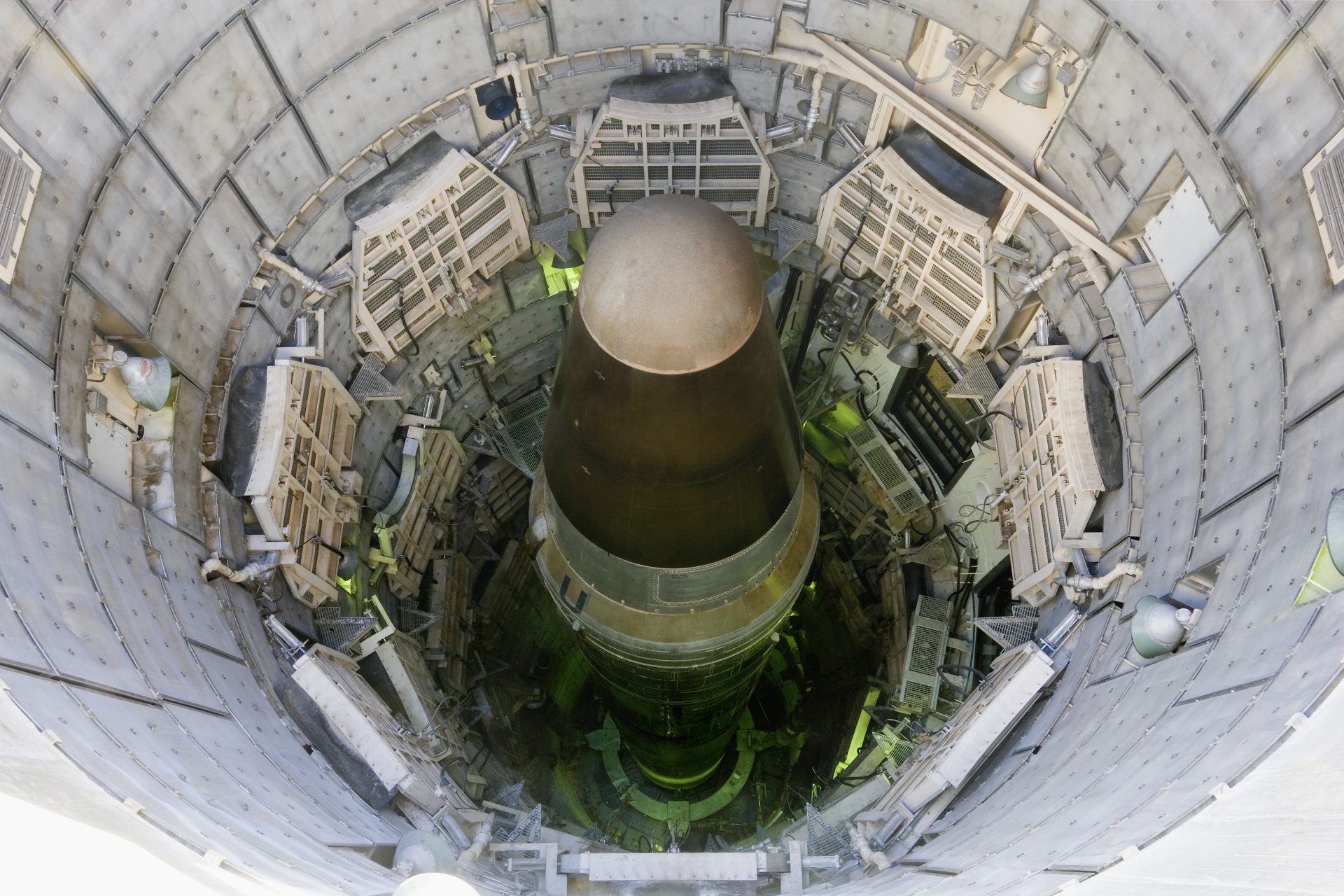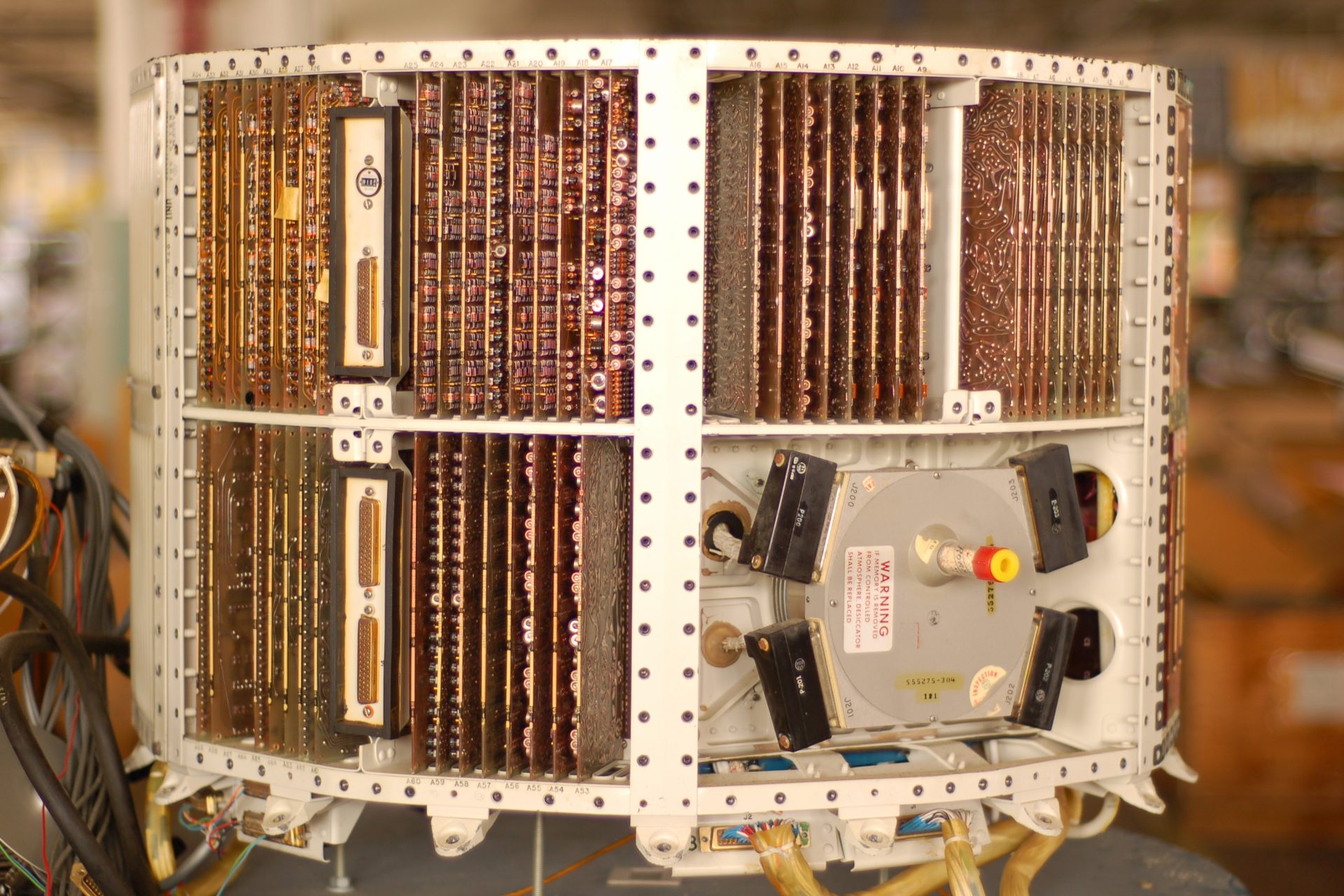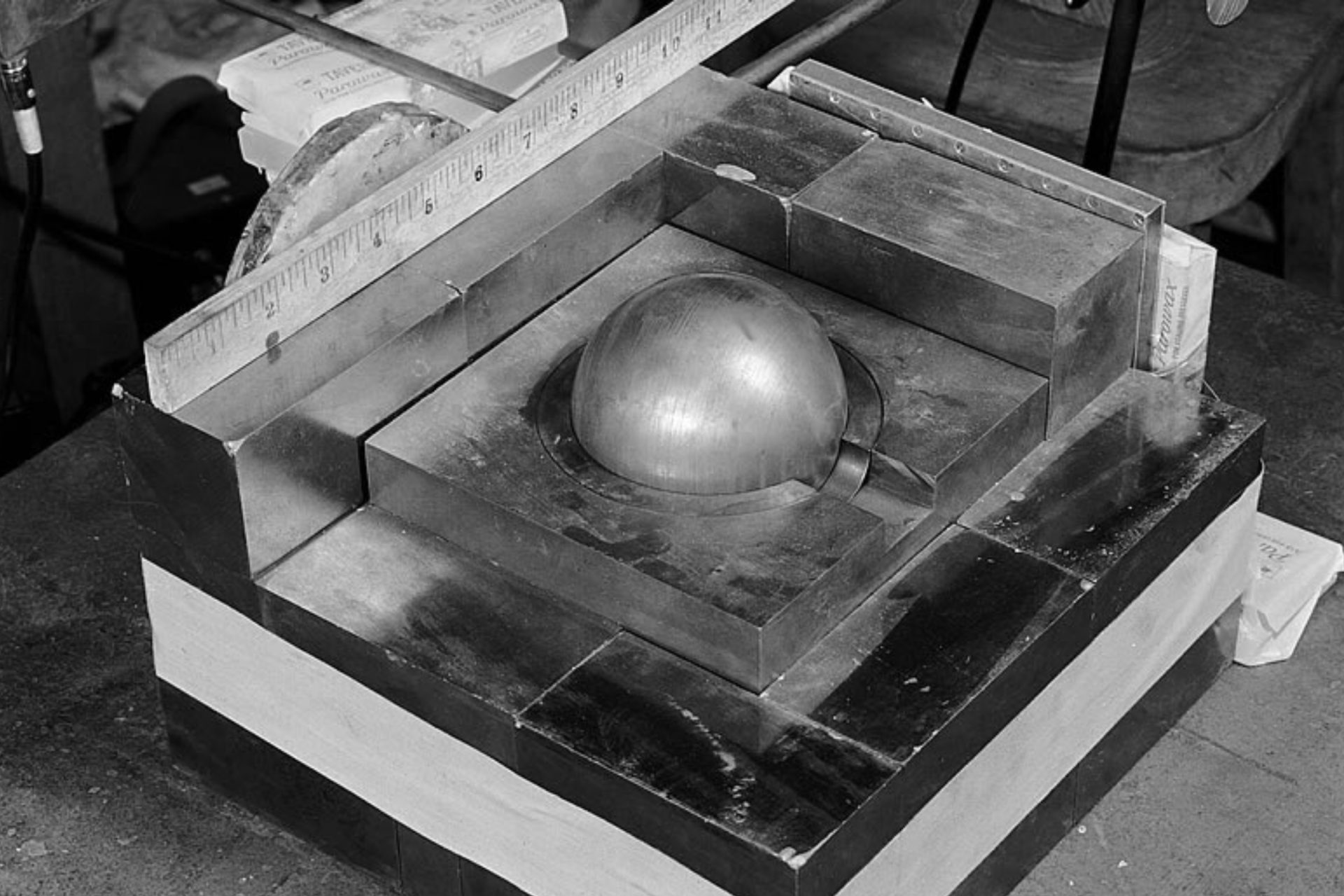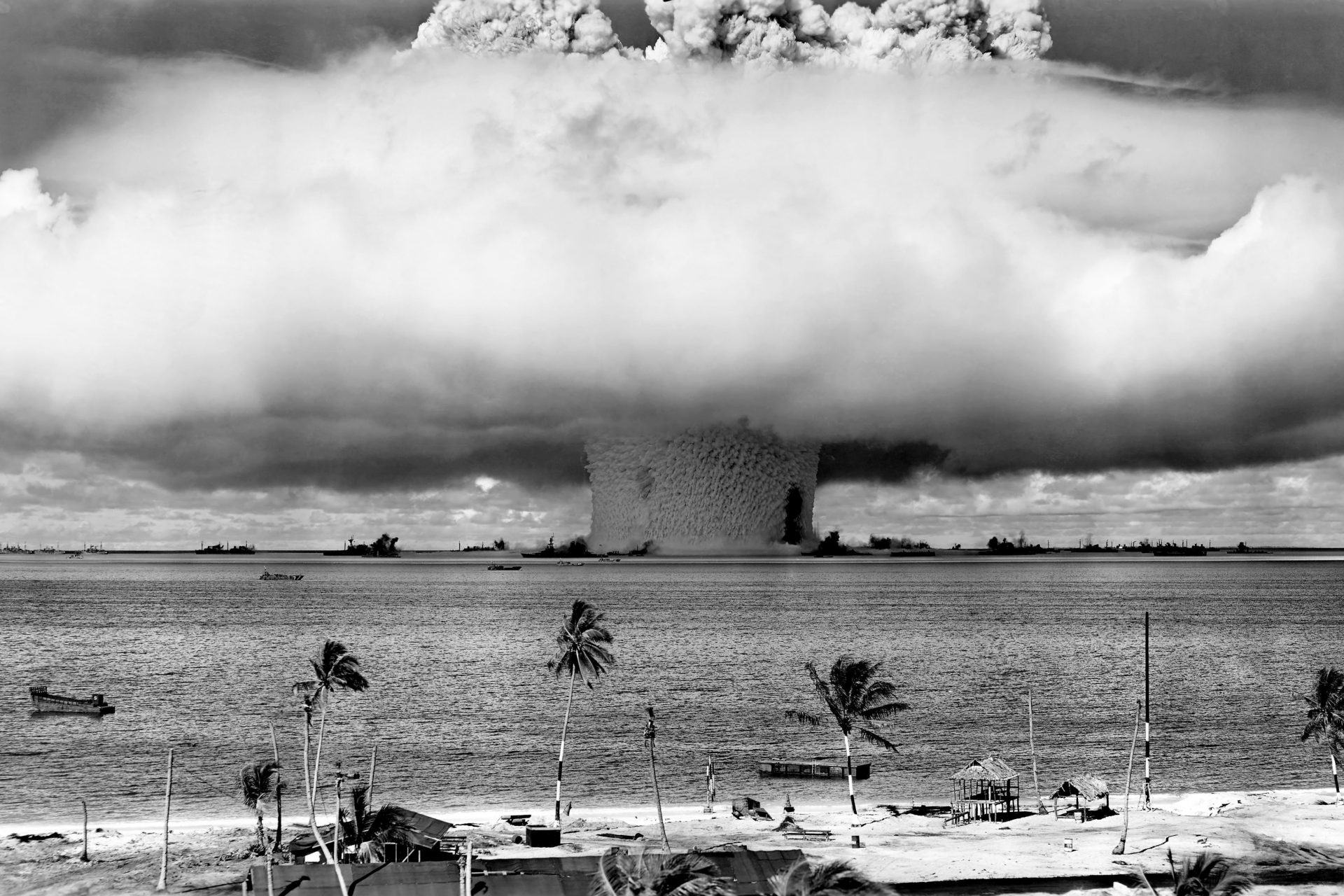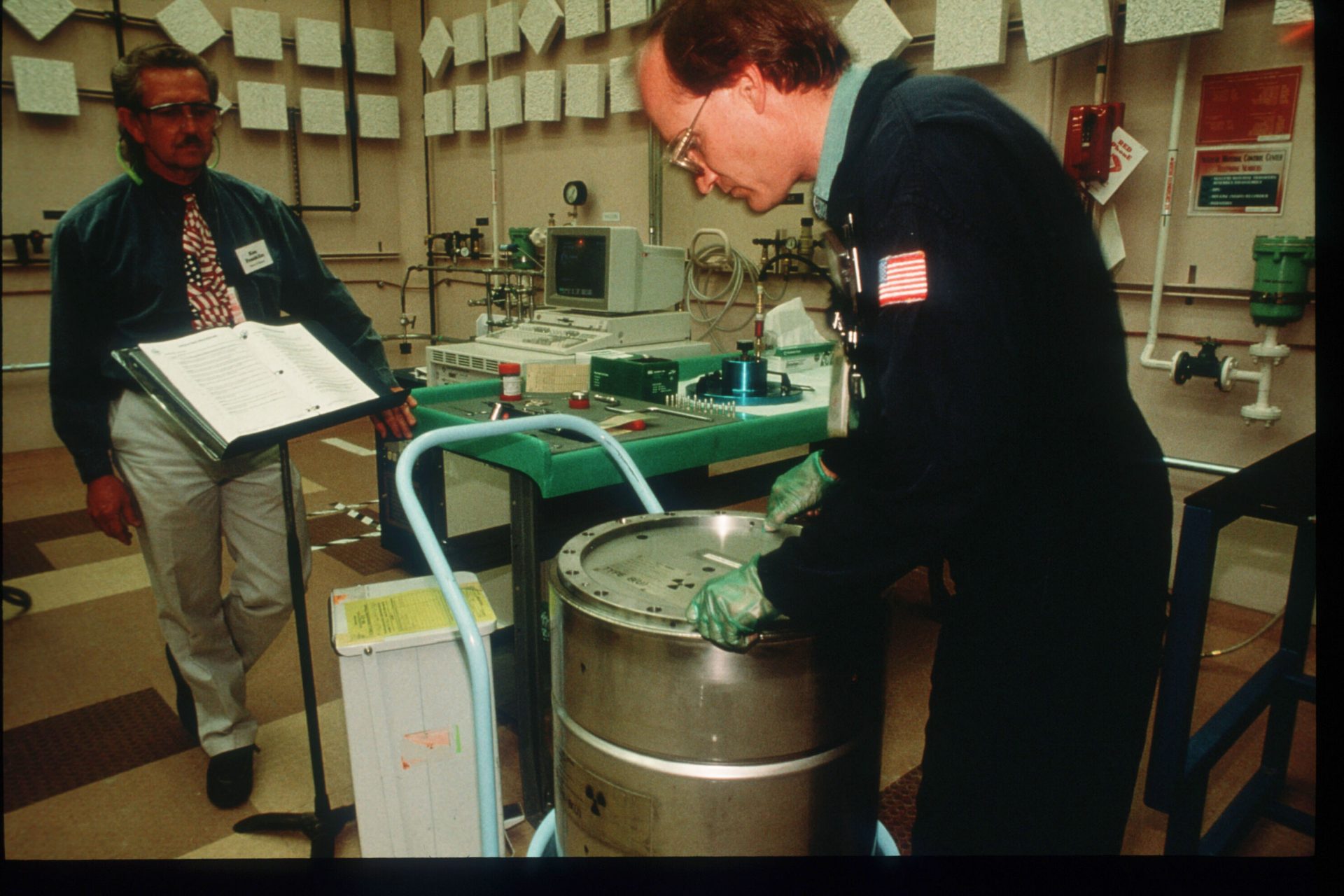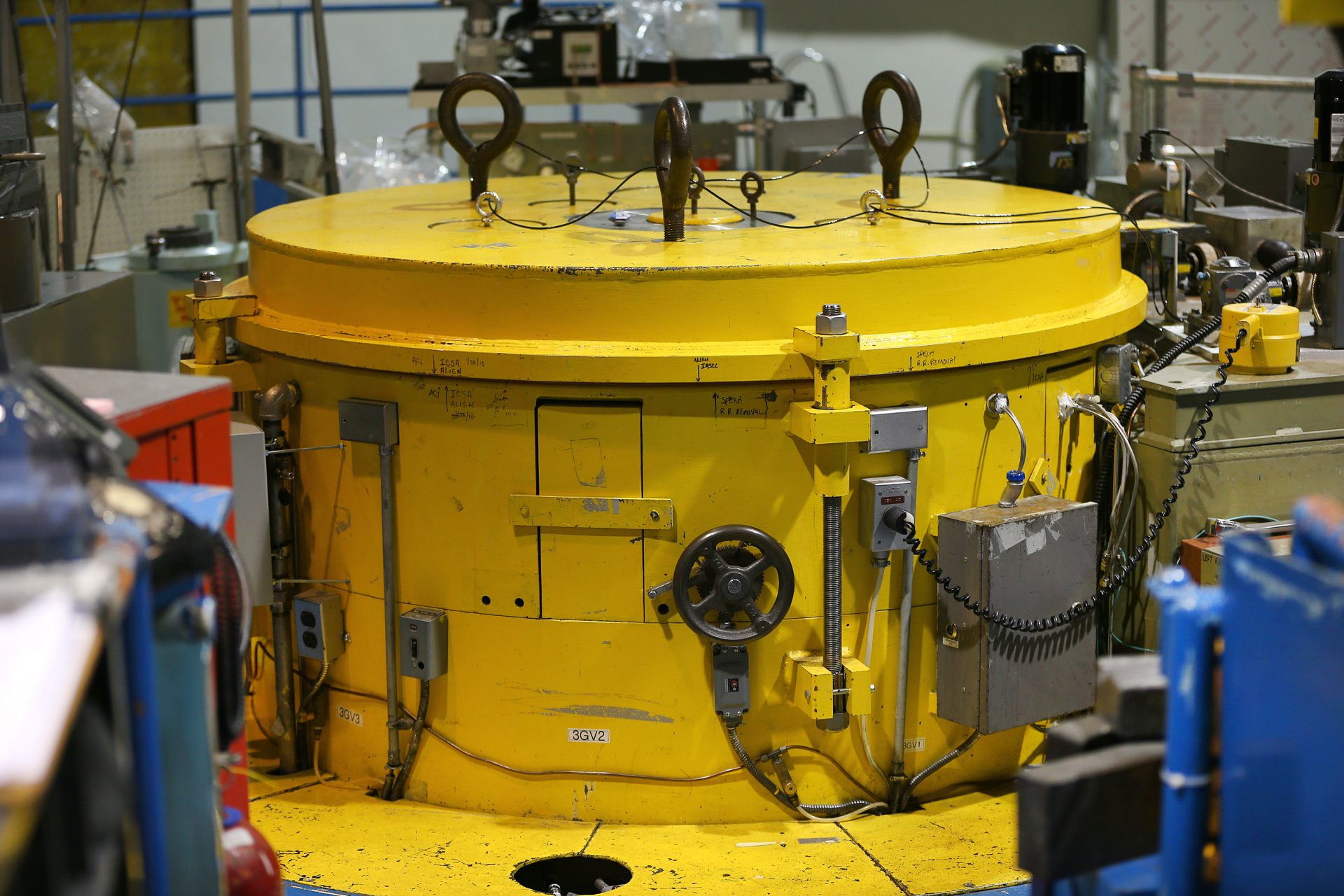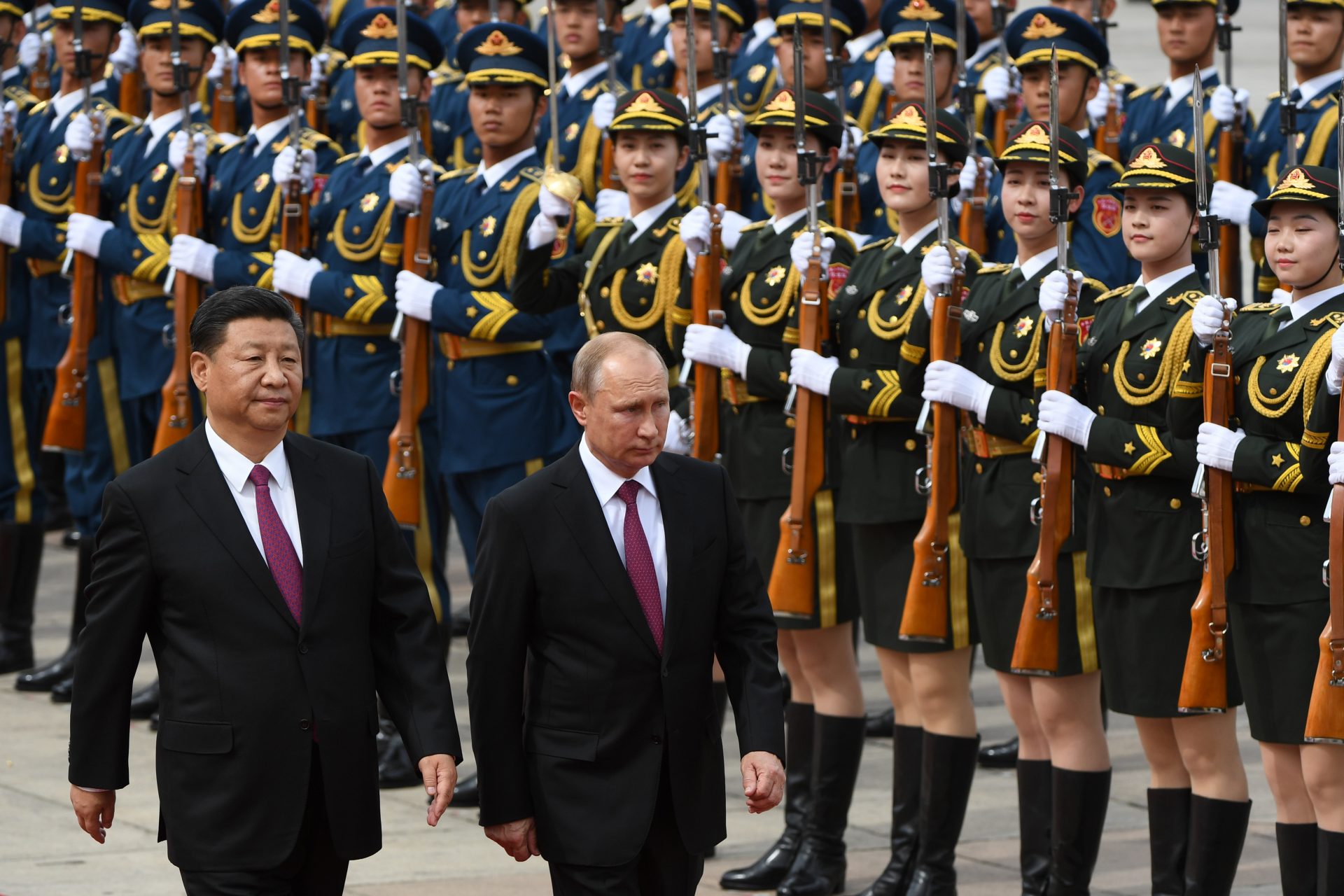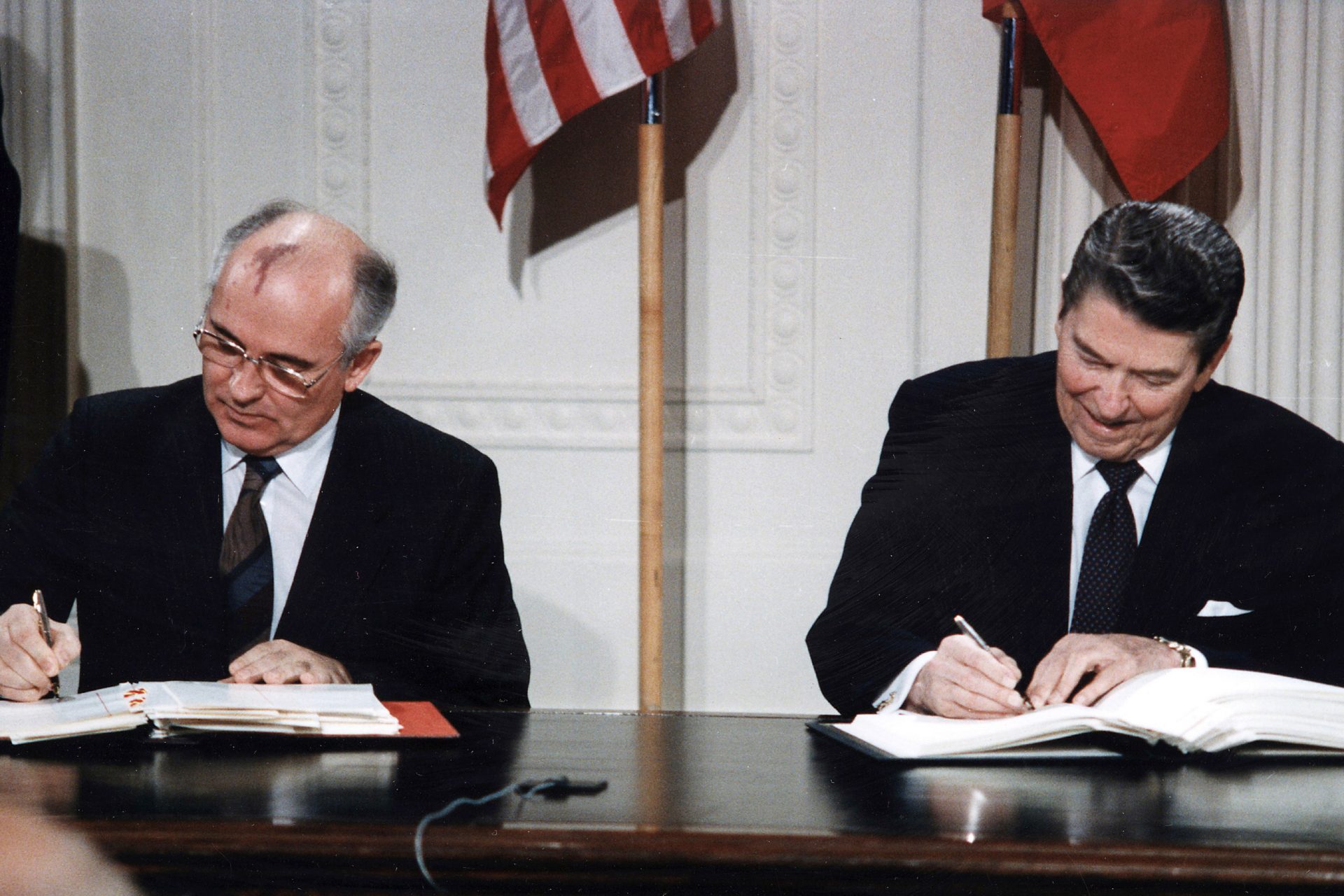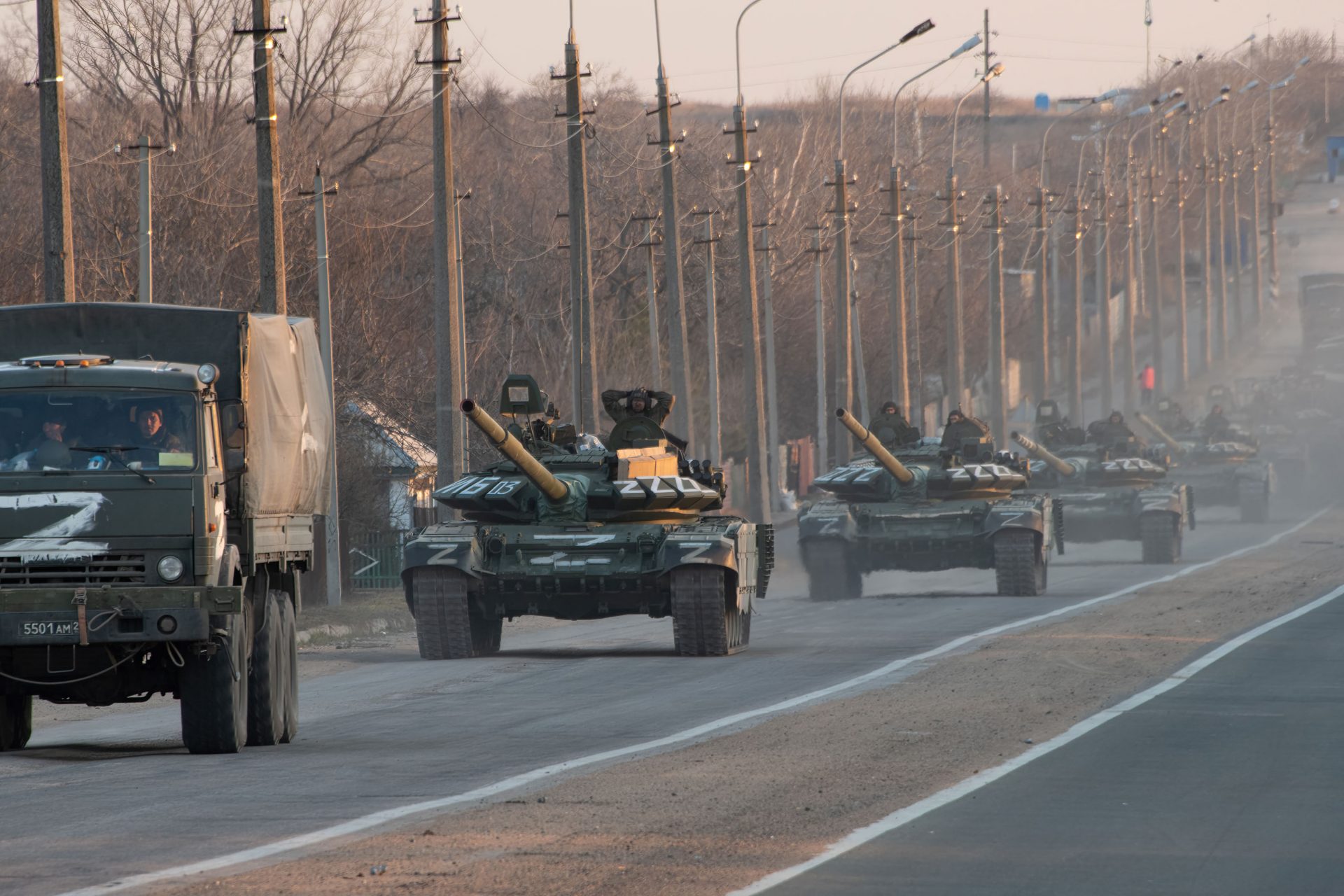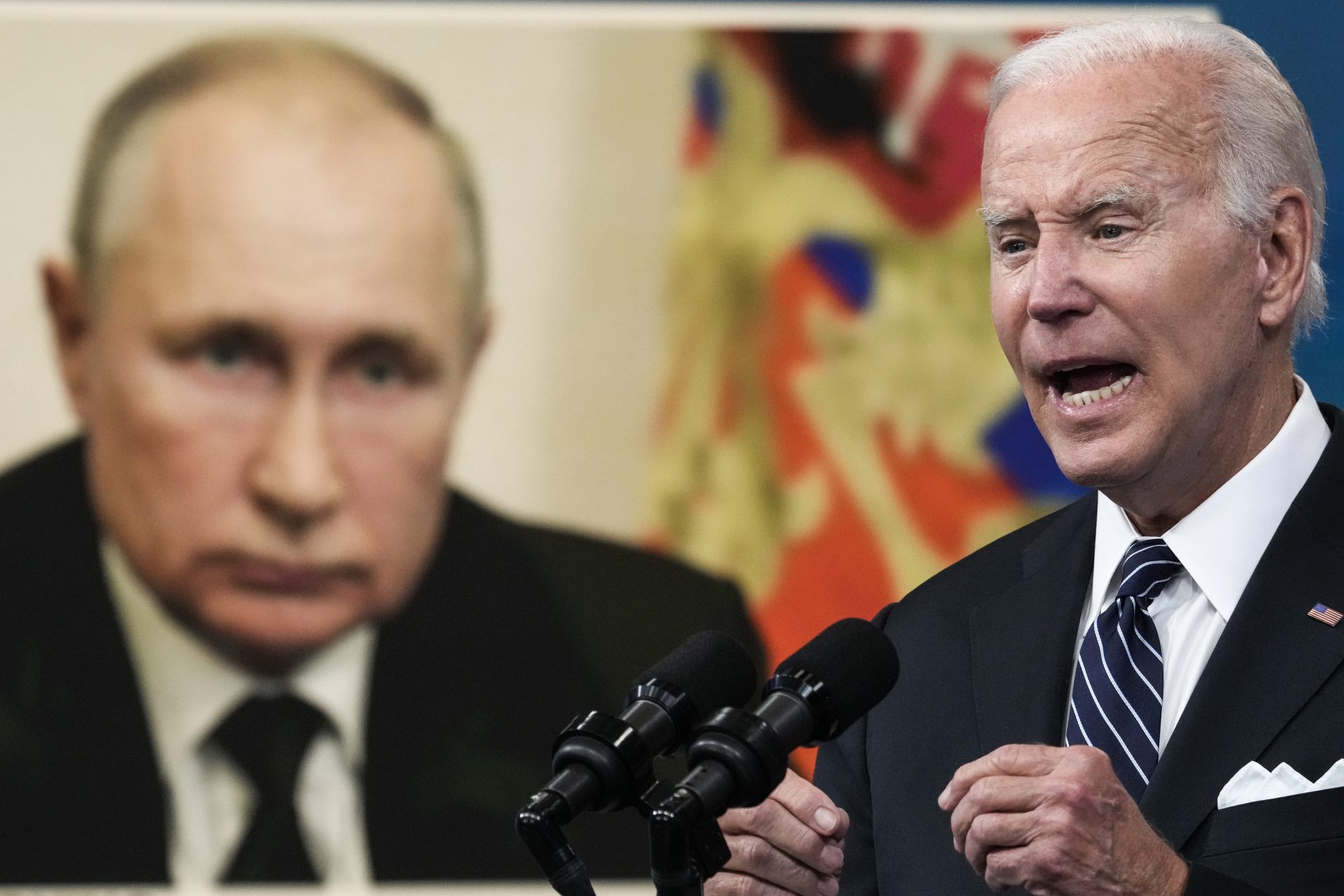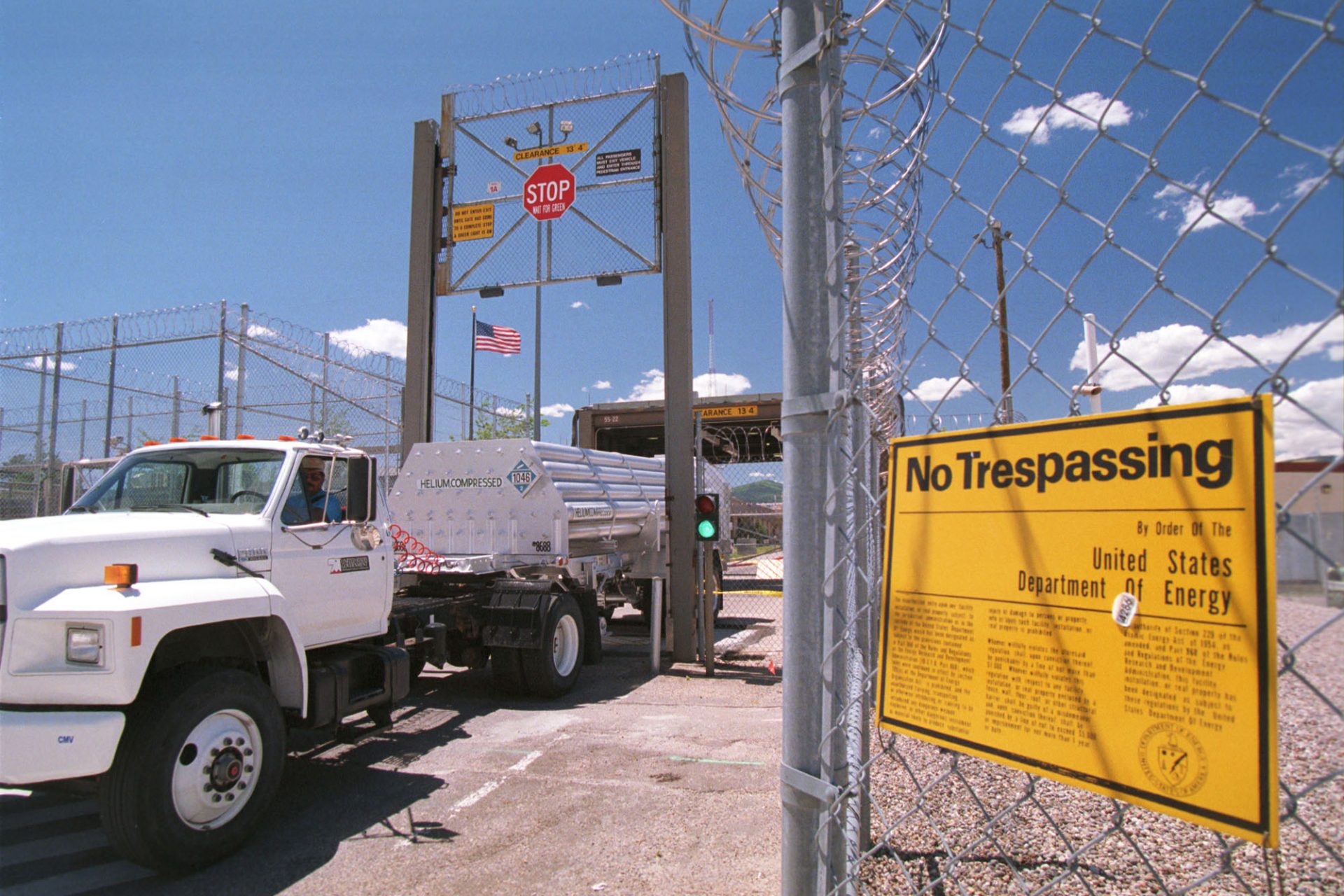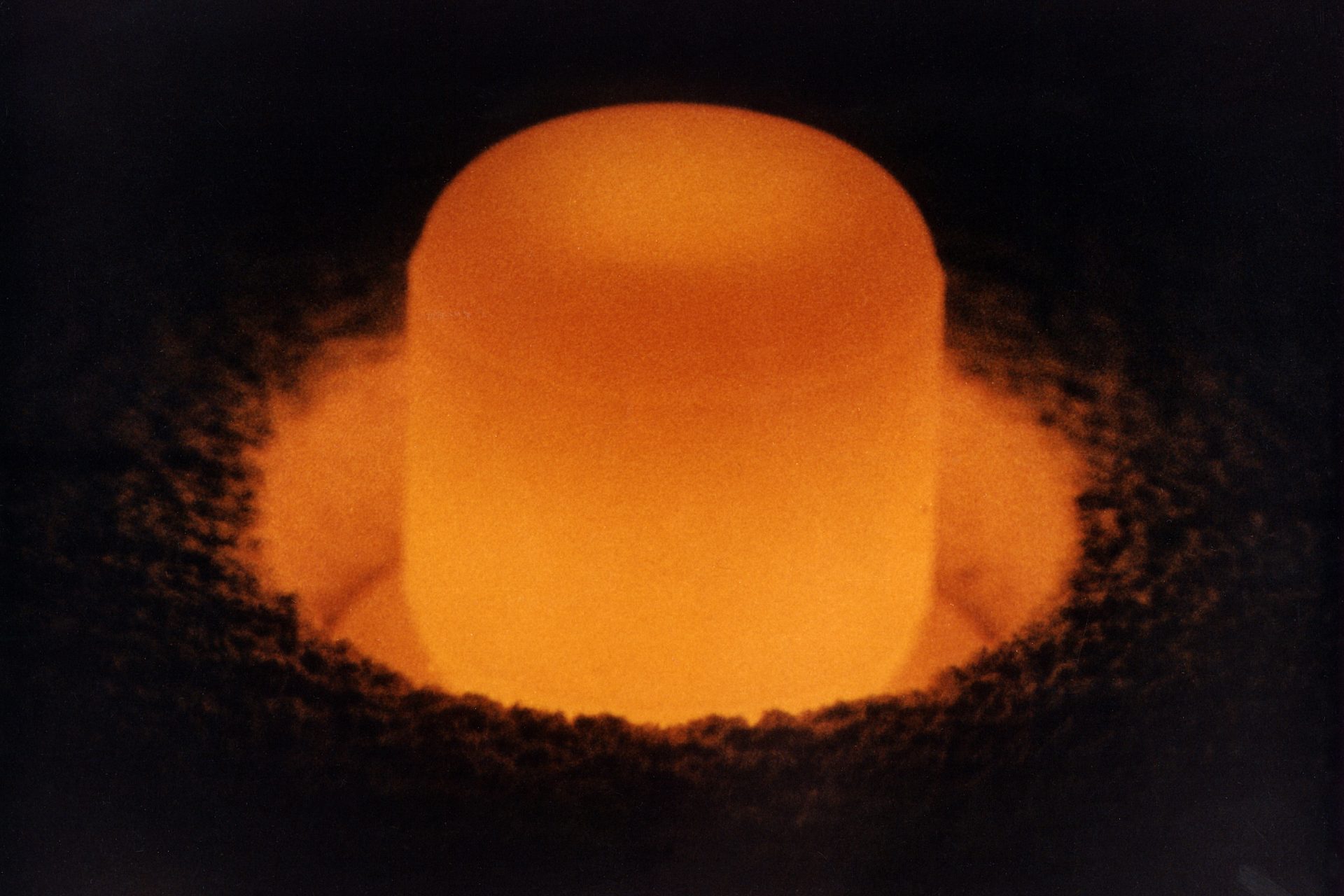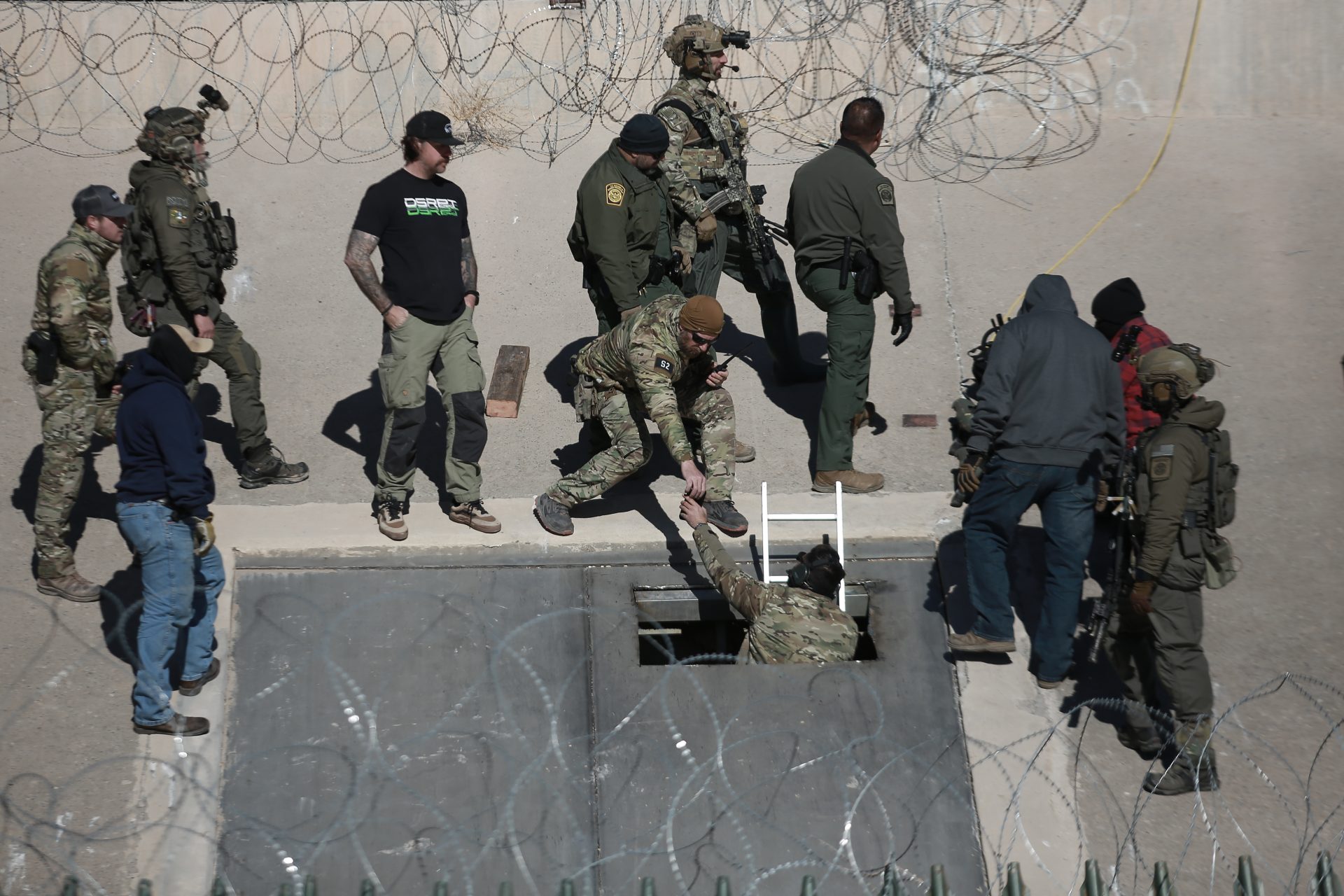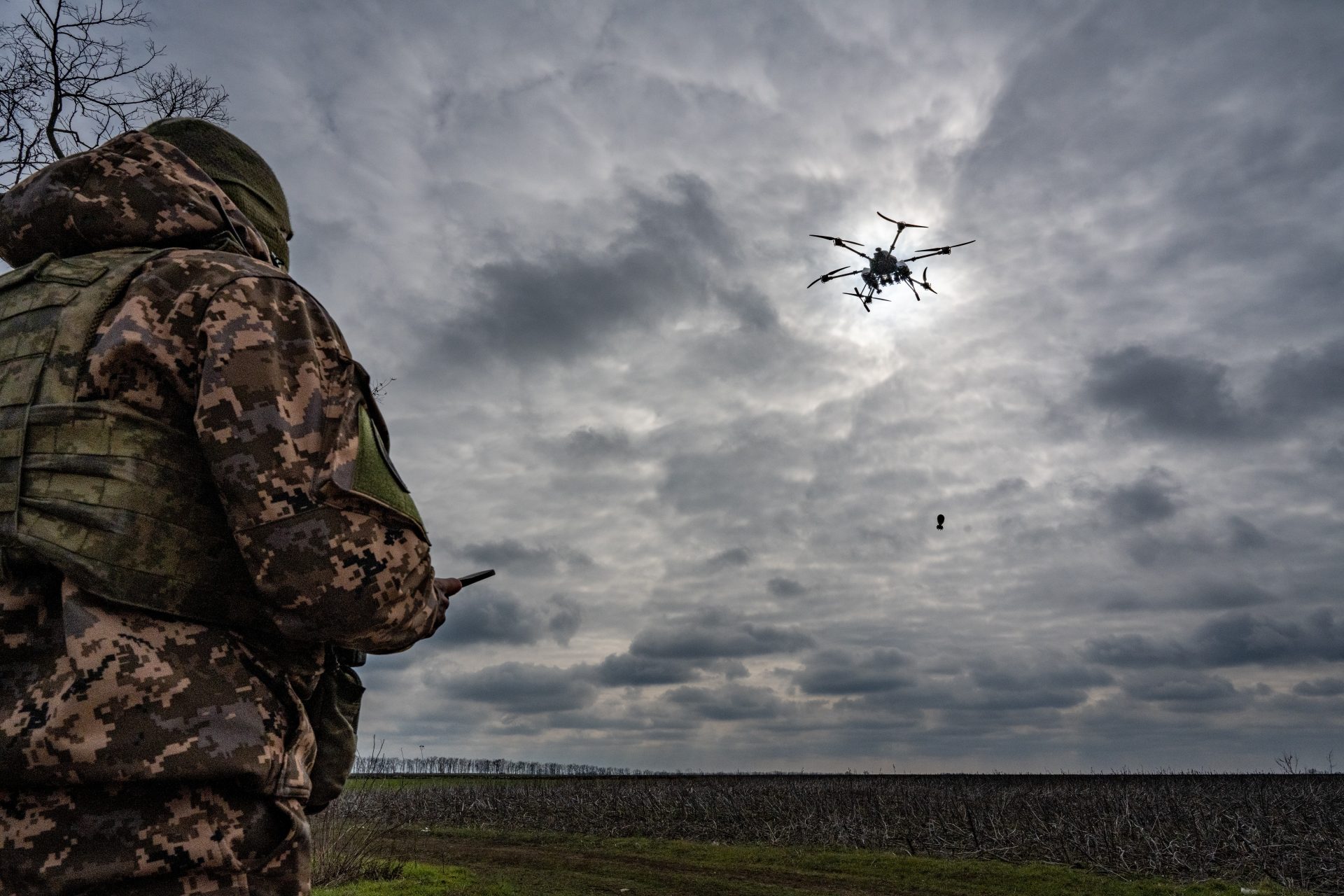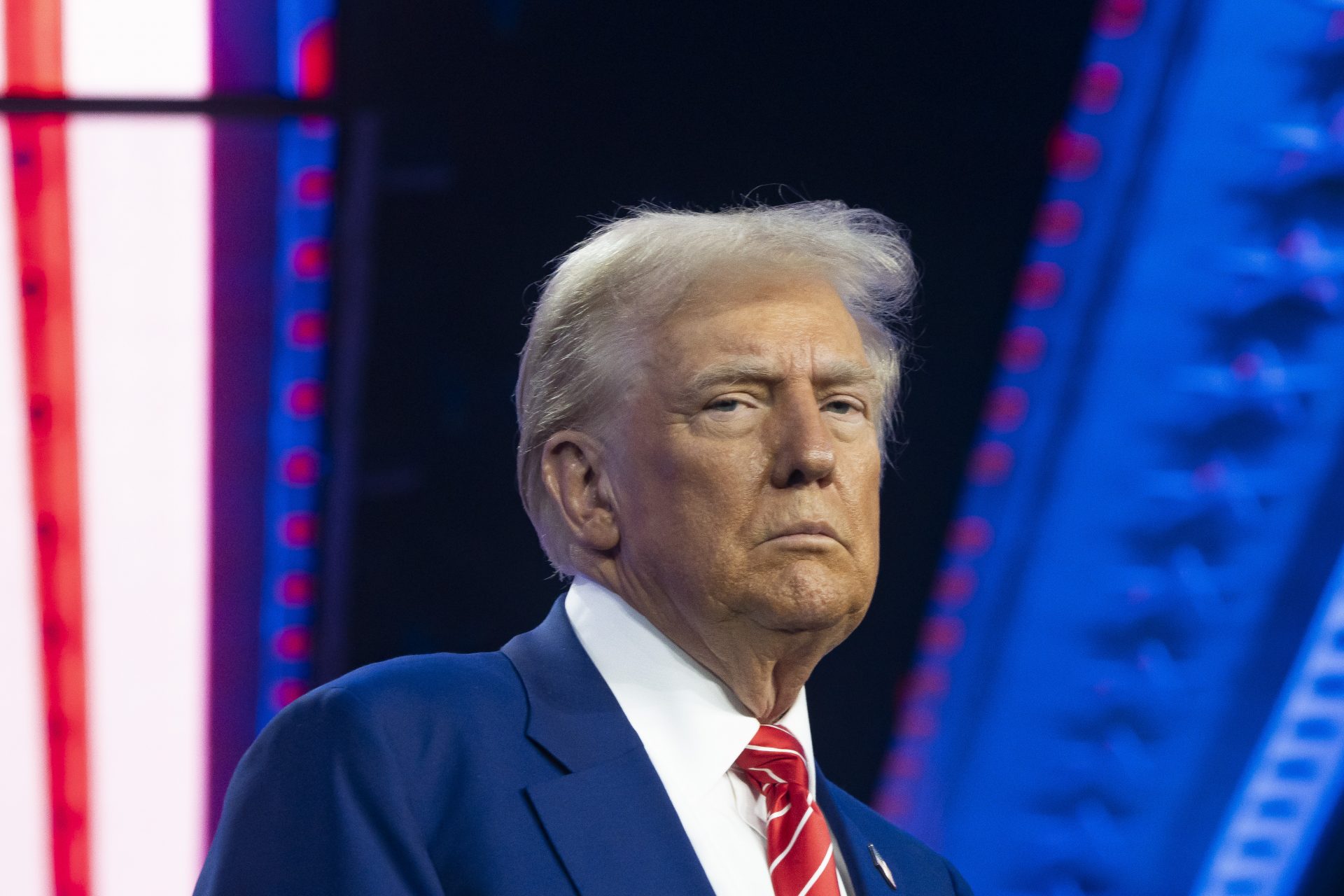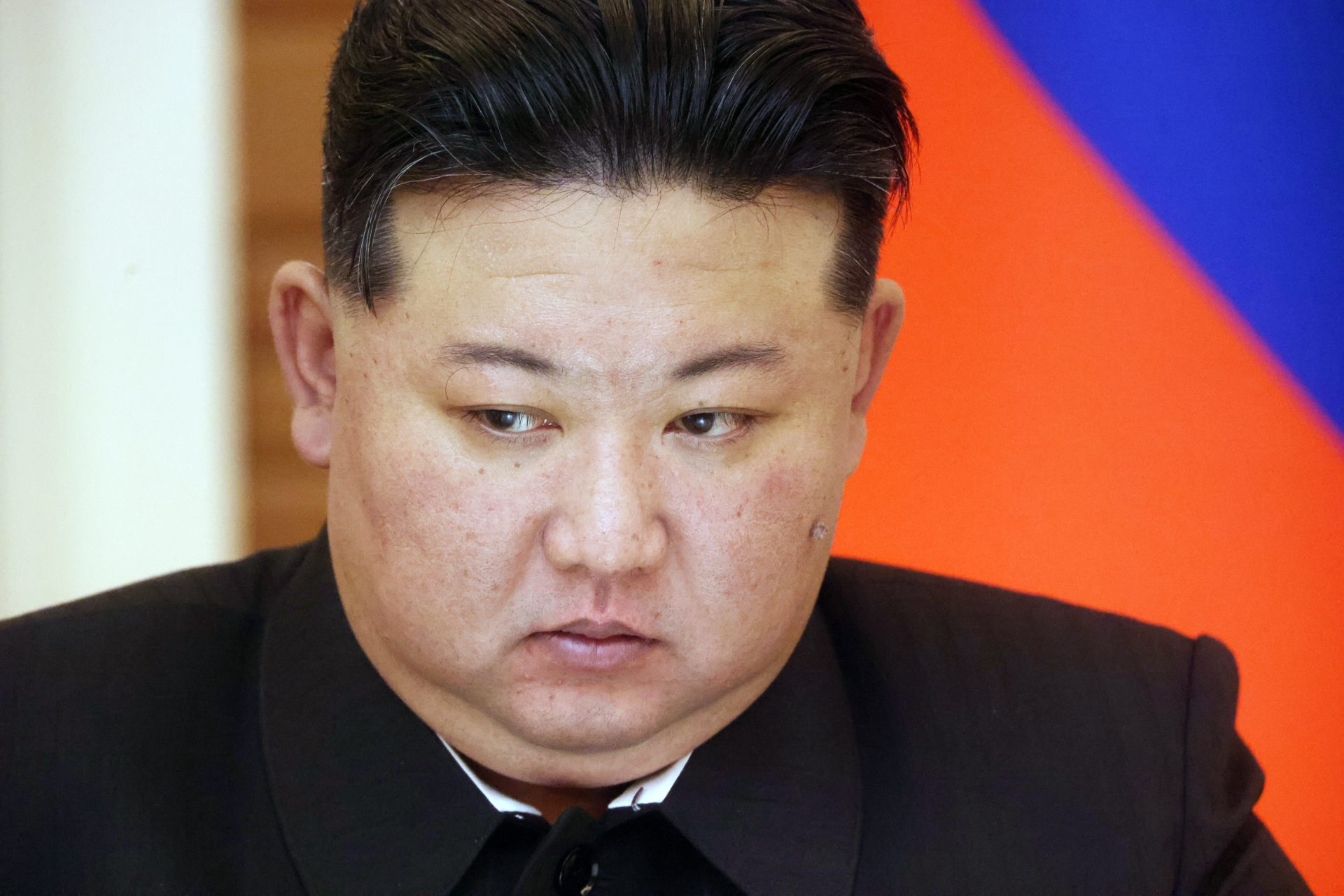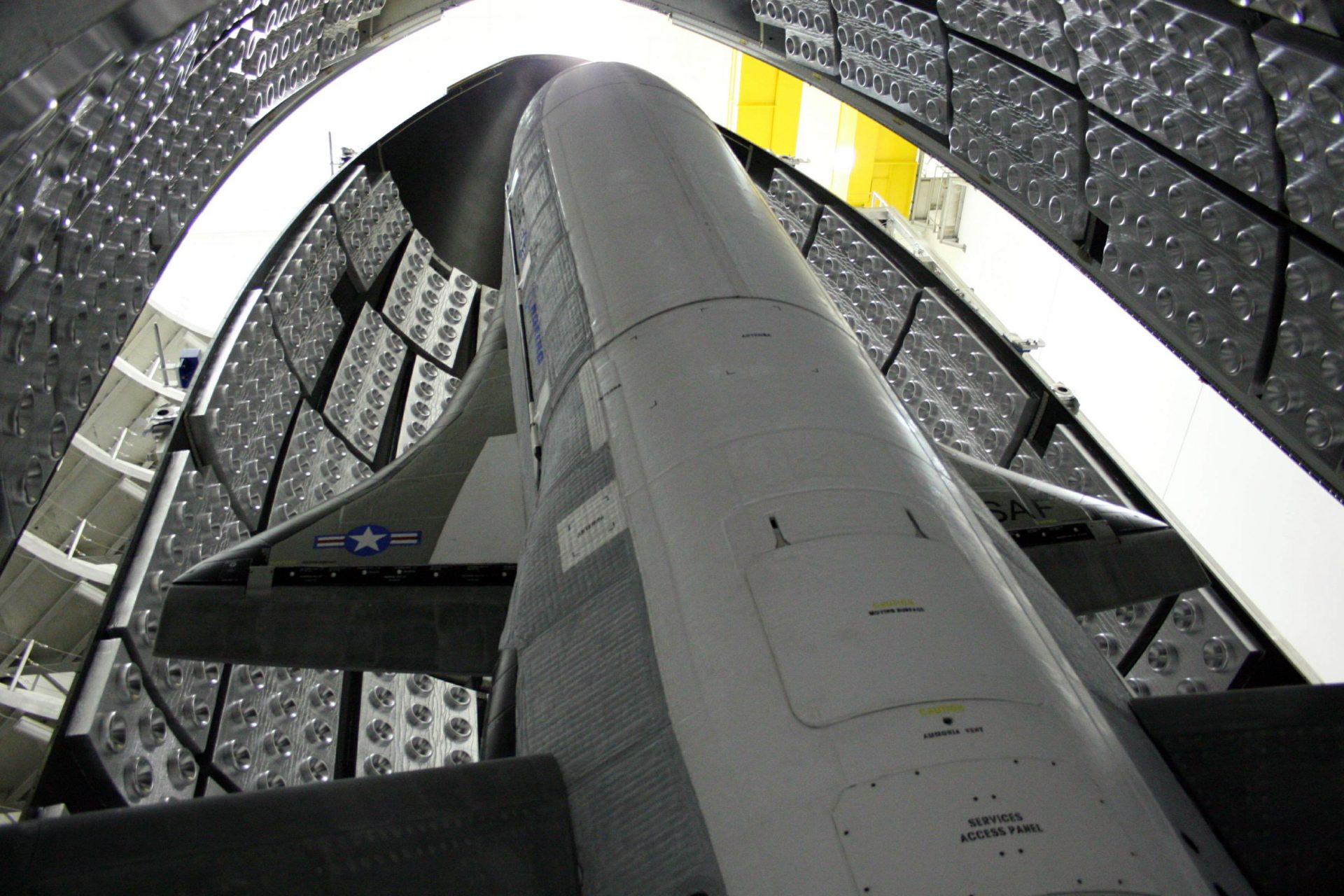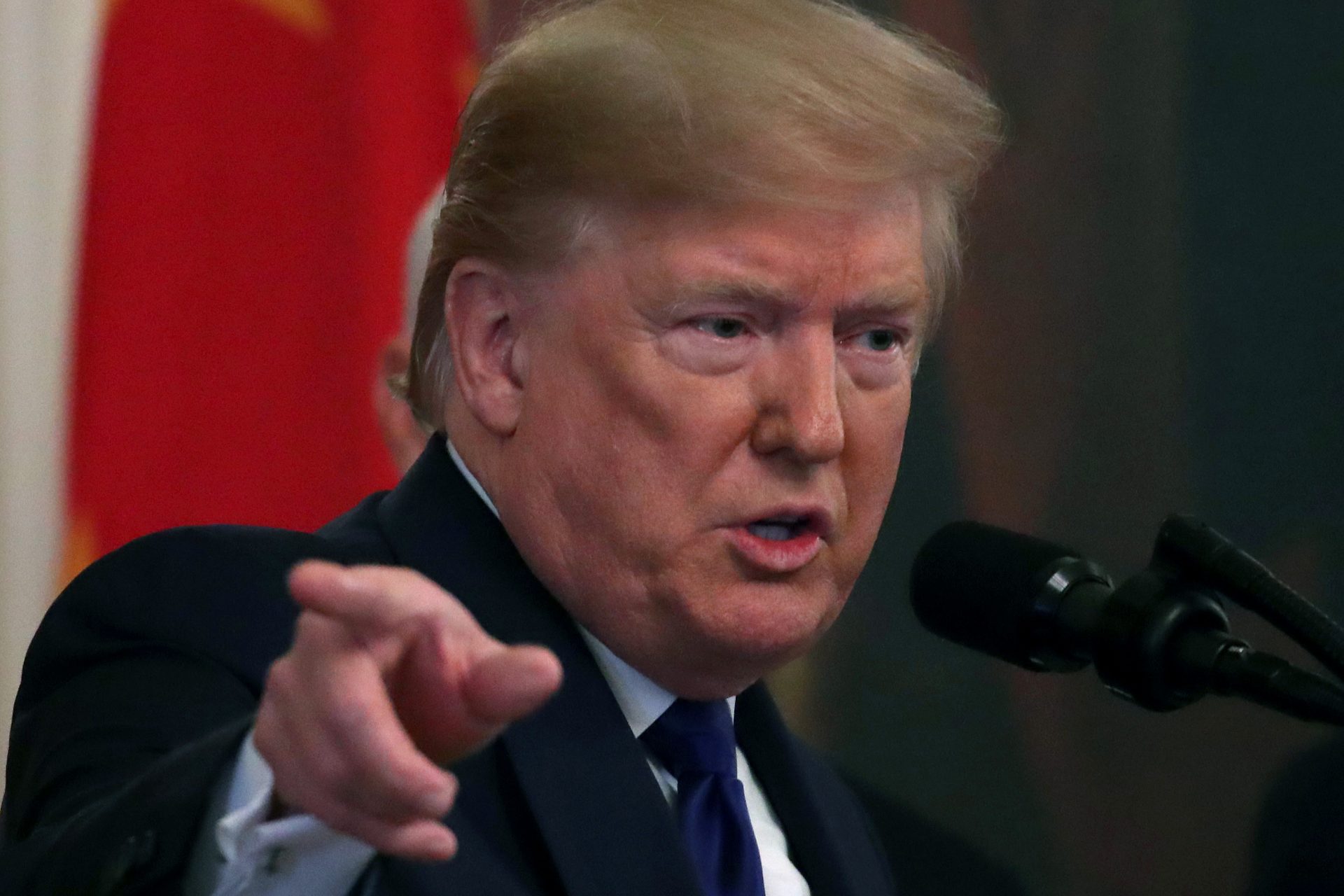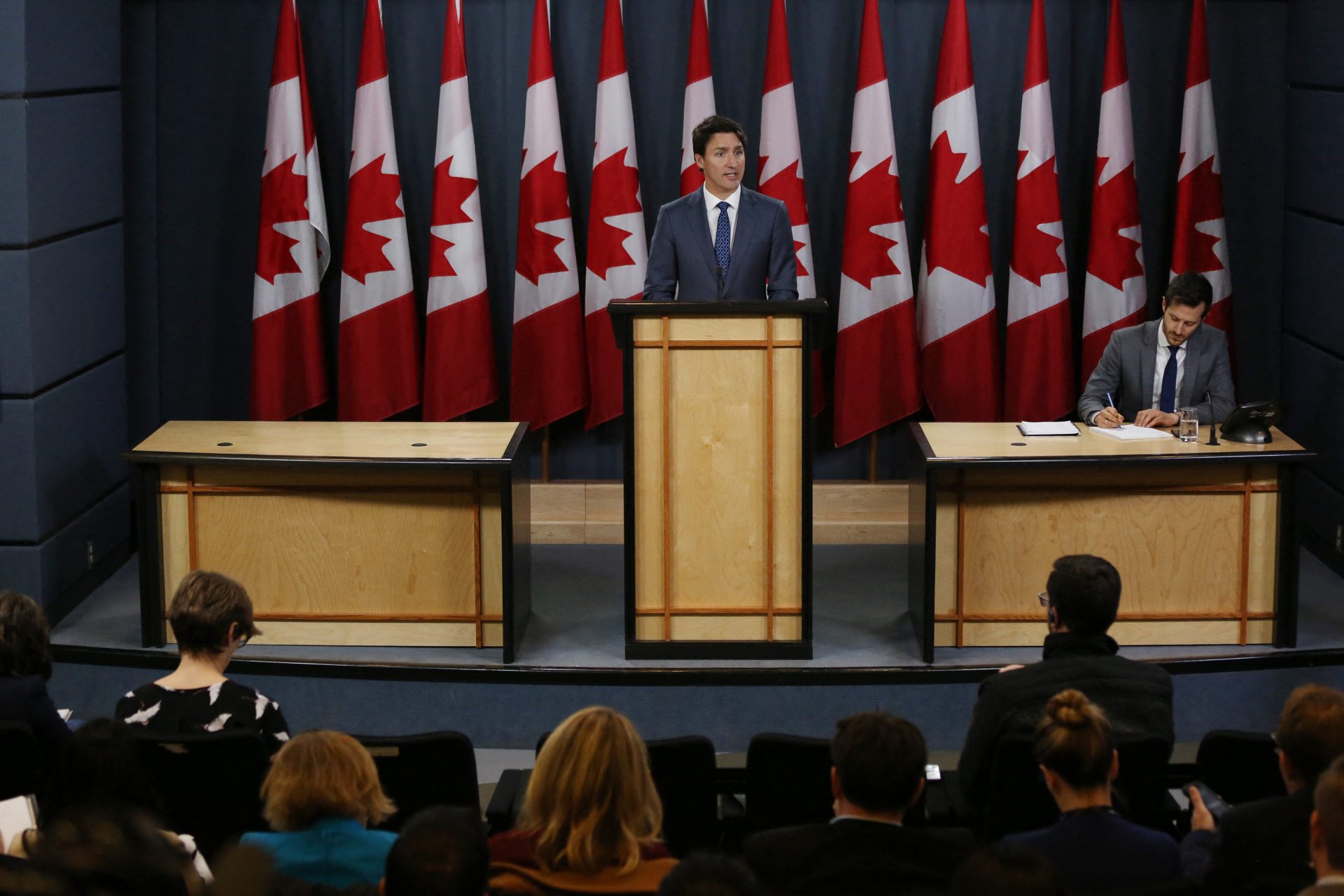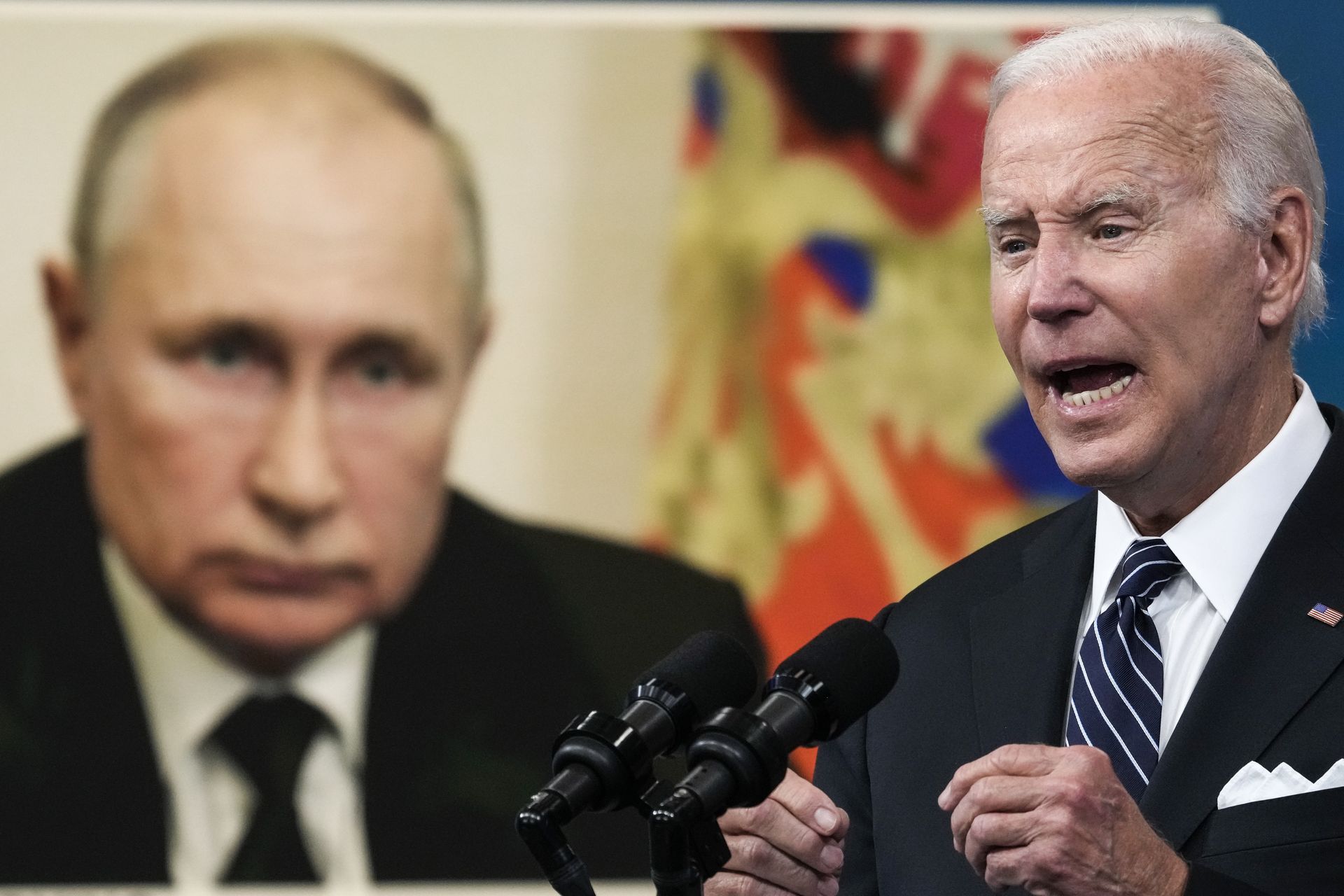Did you know America is building nuclear bomb cores again and modernizing its arsenal?
The fall of the Soviet Union brought with it what many believed would be an end to the threat of global nuclear war. However, rising tensions and new adversaries have required many countries to modernize their nuclear arsenals in the face of different threats.
Several countries have retained their strategic arsenal of nuclear weapons into the modern era and the United States was among the many nations that kept its nuclear stockpile in the post-Cold War years. Washington has also spent billions each year to maintain its nukes.
Photo Credit: Wiki Commons By U.S. Air Force
The Congressional Budget Office estimated in May 2021 that the United States planned to spend $634 billion over the course of 10 years to sustain and modernize its stockpile with costs rising that would total $2 trillion over the thirty years.
Photo Credit: Wiki Commons By National Nuclear Security Administration
The reason why the U.S. requires an extensive nuclear arsenal is clearly pointed out in the Congressional Budget Office’s report. Nuclear weapons are a key component of the country’s national security and centennial to defense policy.
Photo Credit: Wiki Commons By U.S. Air Force Staff Sgt. Bennie J. Davis III
However, the important thing to note about that assessment was that the United States not only planned to sustain the nuclear weapons it had but also modernize them, which is necessary since many have reached their service life.
The United States opted to sustain and extend the lives of its weapons as a cost-saving measure rather than build new weapons each and every year, which has since resulted in the need for a serious overhaul of the country’s nuclear weapons.
Some weapons can’t be reused or repurposed, and everything that can't be refurbished needs to be replaced with new systems so that the United States can continue to use its nuclear arsenal as a deterrent against new global threats.
Photo Credit: Wiki Commons By Jnanna - Own Work, CC BY-SA 3.0
This explains why Washington has reactivated a program that builds nuclear bomb cores. Known as plutonium pits according to Scientific American, every nuclear weapon in the American arsenal houses a plutonium pit at its center.
Photo Credit: Wiki Commons By Los Alamos National Laboratory
The pit is surrounded by conventional explosives, and when these explosives detonate, the plutonium pit begins its reaction. Atoms split, radiation releases, and the sequence of events that follow is what creates a nuclear explosion.
American nuclear engineers haven’t built plutonium pits in decades and a report by The Guardian noted that since 1989, the United States has not been able to produce nuclear bomb pits in the numbers needed to renew its stockpiles.
However, in 2018, the National Nuclear Security Administration developed a scheme to kick the country’s nuclear pit production back into high gear and began working on a plan to produce 80 plutonium pits a year by 2023.
In a statement from the National Nuclear Security Administration in 2018, officials of the agency explained that the changing geopolitical landscape called for the “United States to recapitalize its defense plutonium capabilities.”
“After a three-decade break from manufacturing nuclear weapons, the [United States] is getting back into the game,” explained Time magazine's W.J. Hennigan, who added the production of new plutonium pits may signal an arms race.
Photo Credit: Wiki Commons By White House Photographic Office
Blaming China’s growing ambitions and escalating issues with Russia, Hennigan wrote that all nine of the world’s nuclear powers were “scrambling to modernize their arsenals and build new weapons,” which is concerning.
“China is rapidly growing its nuclear arsenal, and Russia, at war with Ukraine, touts new missile tests and its own nuclear modernization. The U.S. is doing the same,” explained Scientific American Sarah Scoles.
“The world order feels fragile; the renewed focus on nuclear weapons threatens to create a 21st-century arms race and an increased reliance on the shaky peace that nuclear weapons may or may not help keep,” Scoles added.
In the United States, facilities like the Los Alamos National Laboratory, or PF-4 to officials in the government, have been reactivated and tasked with making plutonium pits again but the goals of the program might be too much.
A January 2023 report from the Government Accountability Office found that PF-4 wasn't likely to meet the planned goal of producing 30 plutonium pits a year by 2023 according to Hennigan’s synopsis of the damning report.
Photo Credit: Wiki Commons By Department of Energy
More for you
Top Stories



